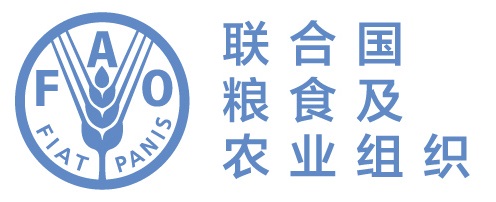The EU Protected Zone for Erwinia amylovora in Slovenia
- Type of recognition
-
- PFA
- Publication date
- 16-07-2015
- Short Description
The pest-free status of Slovenia for Fireblight (Erwinia amylovora (Burr.) Winsl. et al.) has been recognised on the basis of scientific and expert work within the official annual systematic surveys, which have been conducted as from 1998. Fireblight had been absent from Slovenia by 2001, when a single focus was officially delimited at a single monitoring point (near Naklo) out of 791 monitoring points. Survey results and official measures deployed with the aim of eradication justified the Slovenian status as the European Union (EU) protected zone for Erwinia amylovora (Burr.) Winsl. et al. in 2004. Fireblight is considered as widespread within the European Union, except in the officially controlled buffer zones, where nurseries and mother plantations have been maintained, which are facilitating appropriate conditions for issuing plant passports, especially those for protected zones. Ecological and climatic conditions in Slovenia are most suitable for fireblight, which will in infection matching conditions most probably spread and establish itself in new areas, where the majority of apple and pear intensive orchards are grown (in particular in the southeast and northeast of Slovenia). In the past 15 years, there were most favourable climatic conditions for fireblight in 2003 (first outbreak) and in 2007 (second outbreak), where fireblight spread in the northern and central Slovenia, rendering the eradication measures impracticable there. Areas with low fireblight prevalence were excluded from the protected zones, involving the regions of Gorenjska, Koroška, Notranjska, Maribor, and the communities of Lendava and Renče-Vogrsko (south from the H4 highway). Nurseries there are placed within Erwinia buffer zones of at least 50 square km. As fireblight brings about rather destructive outbreaks, and as the control measures are mainly based on prevention and exclusion, the further regulation of Erwinia amylovora (Burr.) Winsl. et al. is imperative. Contaminated rootstocks, cuttings and grafted plants for planting, as well as transport of beehives from infected areas, constitute the main regulated pathways.
- Contact for Info
- AFSVSPP, Dunajska 22, Ljubljana, [email protected]
- 作者
- Issue keywords
- Area of low pest prevalence Bacteria Pest free area/PFA/Establishment of Pest free area
- Commodity keywords
- Live plants, incl. their roots, and mushroom spawn (excl. bulbs, tubers, tuberous roots, corms, crowns and rhizomes, incl. chicory plants and roots, unrooted cuttings and slips, fruit and nut trees, rhododendrons, azaleas and roses)
- Report files
- 网站
- http://www.uvhvvr.gov.si/si/delovna_podrocja/zdravje_rastlin/karantenski_skodljivi_organizmi/posebno_nadzorovani_organizmi/hrusev_ozig/

